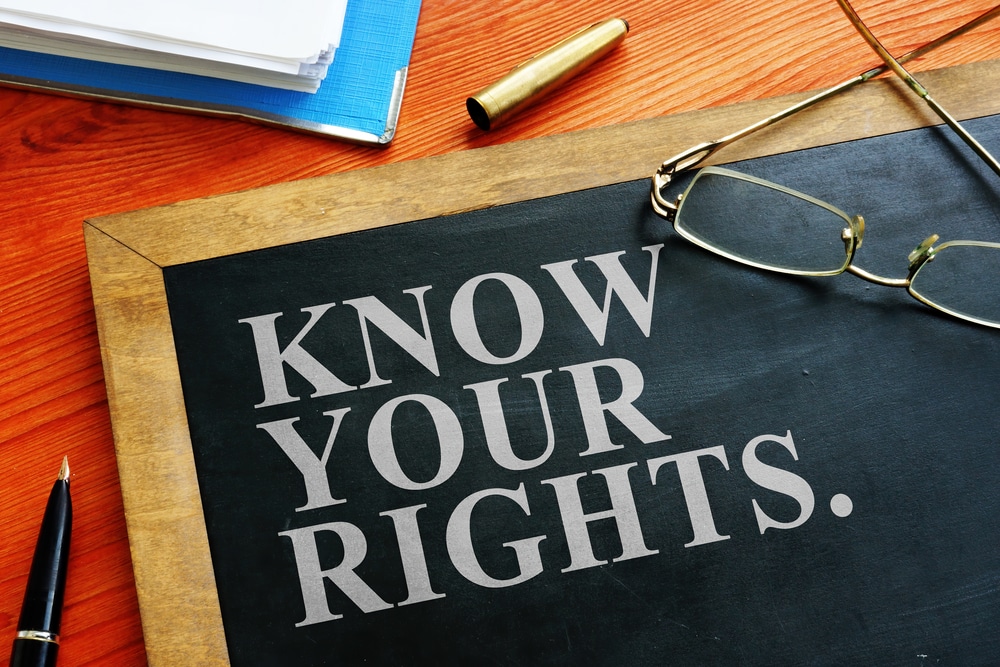Understanding What Wrongful Dismissal Is and What You Can Do About It
Being fired is rarely a pleasant experience, even if you didn’t like your job or were planning on moving on anyway. If there were multiple disciplinary actions or your employer had already put you on probation, it’s likely that this wasn’t a surprise. But not all dismissals are warranted. There are specific laws regarding how employers have to handle the firing of employees, including the procedures they have to go through, what kind of documentation or reason needs to be present, and how much severance they should get. If an employer fails to follow these, the employee may have grounds to file a wrongful dismissal suit.
What Is Wrongful Dismissal?
In Canada, employers can fire an employee, either with or without cause. With cause means that the employer believes the employee did something wrong or was otherwise unable to or unwilling to fulfill their job obligations. For example, if a restaurant owner hires a manager but the manager is rude to customers, makes poor staffing decisions, and negatively impacts the restaurant’s profits, the owner may have cause to fire them. Letting an employee go without cause means that the employer doesn’t believe the employee did anything wrong but is no longer able to keep them on staff. This can happen when profits are low or the company needs to downsize for some reason.
In order to comply with Canadian law, an employer must either provide a reason for the employee’s dismissal with cause or must provide the employee with the proper amount of notice and severance if it is a dismissal without cause. Failure to do either of these is called a wrongful dismissal.
How Do You Prove Wrongful Dismissal?
To prove wrongful dismissal, you will need to be able to show that your employer fired you without cause and without providing the proper notice or severance. Each of these elements must be proven to be able to seek compensation for a wrongful dismissal case. Evidence such as emails and other written correspondence from the employer as well as pay stubs and other documents that show whether you received notice or compensation — and if so, how much — can prove integral to your case.
When you meet with a lawyer, they will ask you questions about your case and the details of your situation. This will include what happened leading up to your dismissal, whether you were given any reason for cause, how much notice you were given, and whether any severance compensation was provided. Depending on the answers to these questions, your lawyer will explain what documentation you will need and what their advice is on pursuing the case.
What Are the Consequences of Wrongful Dismissal to Employers?
If you pursue a wrongful dismissal case against an employer and win, it’s possible for the employer to be forced to pay the proper amount of severance as well as other penalties. Aggravated damages and punitive damages are both possibilities. It’s possible to pursue aggravated damages if the employer acted in bad faith. Some examples of this include employee harassment, doing something that would harm the employee’s reputation, or retaliatory firing. The purpose of these damages is to provide the employee with compensation for the emotional distress they have endured.
Punitive damages, on the other hand, are designed to punish the employer for bad behavior. Punitive damages are generally only an option in extreme cases. If you believe that your situation may qualify to pursue punitive damages, it’s important to speak with a lawyer about what this means and whether it’s likely in your case.
What Should I Do If I Was Wrongfully Dismissed?
If you believe that you were wrongfully dismissed, it’s important to keep accurate records of what happened and try to create a paper trail whenever possible. For example, only correspond with the employer through written documentation, such as letters or emails. This ensures there is a record of what happened and what was said and that the employer can’t claim they said or did something that they didn’t. It can also help to have any records from your employment, such as copies of performance evaluations or your contract.
As soon as you are aware that you are going to be fired, you can meet with a lawyer to discuss your options and how you should prepare. The lawyer can help you understand what the laws are surrounding dismissal in Canada so that you know if you truly were wrongfully dismissed. For example, it’s common for employees to believe that they were wrongfully dismissed if the employer didn’t provide a reason.
However, as long as they provided the required notice or severance, the employer isn’t required to provide a reason or tell you why you were fired in most cases. Similarly, employees may think that they must get a severance when they are fired without cause, but the employer has the option of providing proper notice instead of severance.
Being let go from a job can be incredibly stressful. It can leave you scrambling to make ends meet financially, but it can also be a significant blow to your confidence in your ability to perform in your role. If you were fired from your job and weren’t provided with the proper severance, speak with an employment lawyer as soon as possible. The team at Labour Rights Law Vancouver, can help you understand what your rights are under Canadian law and how to pursue a case against your employer. Call our office at 604-245-3169 to schedule your first appointment.




